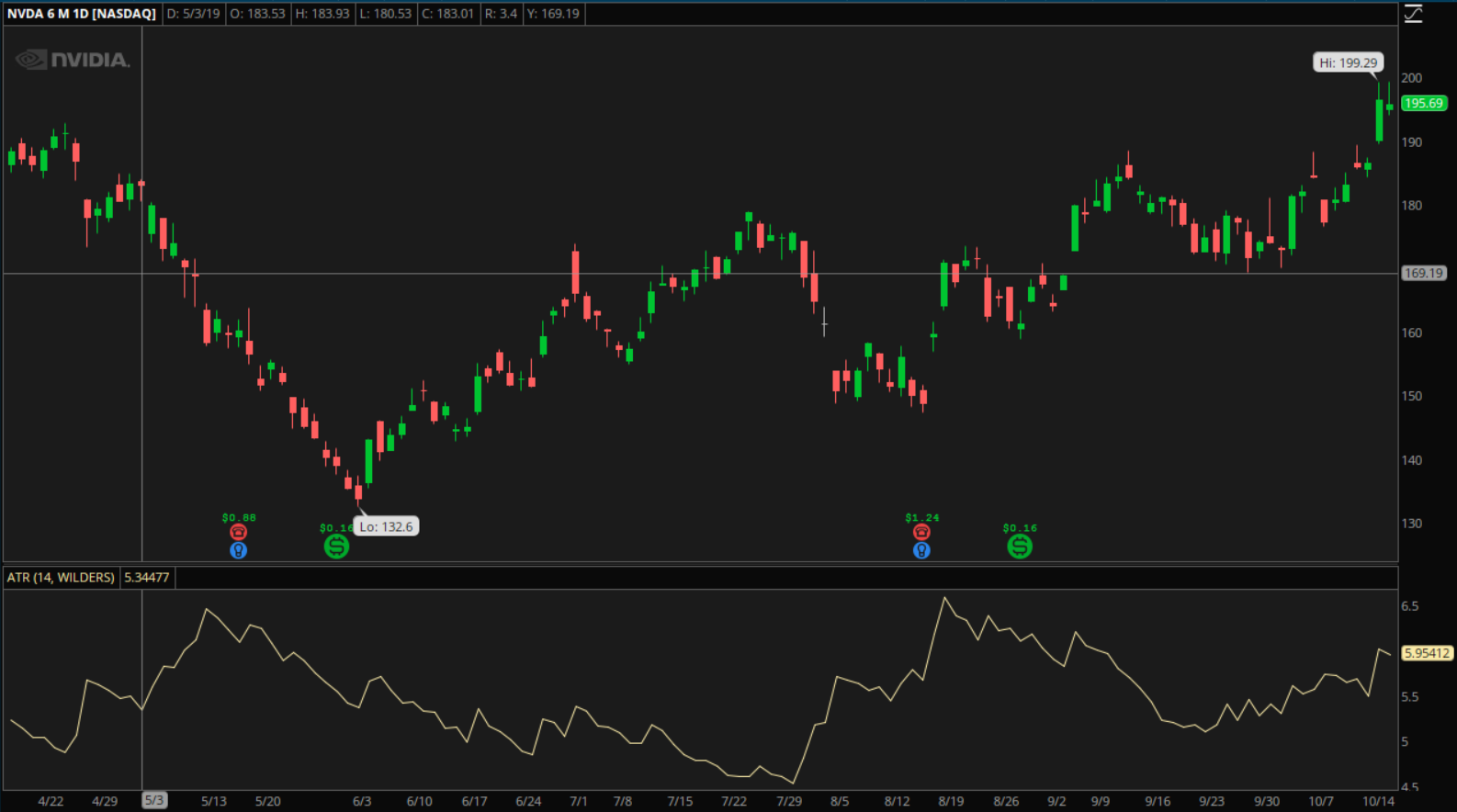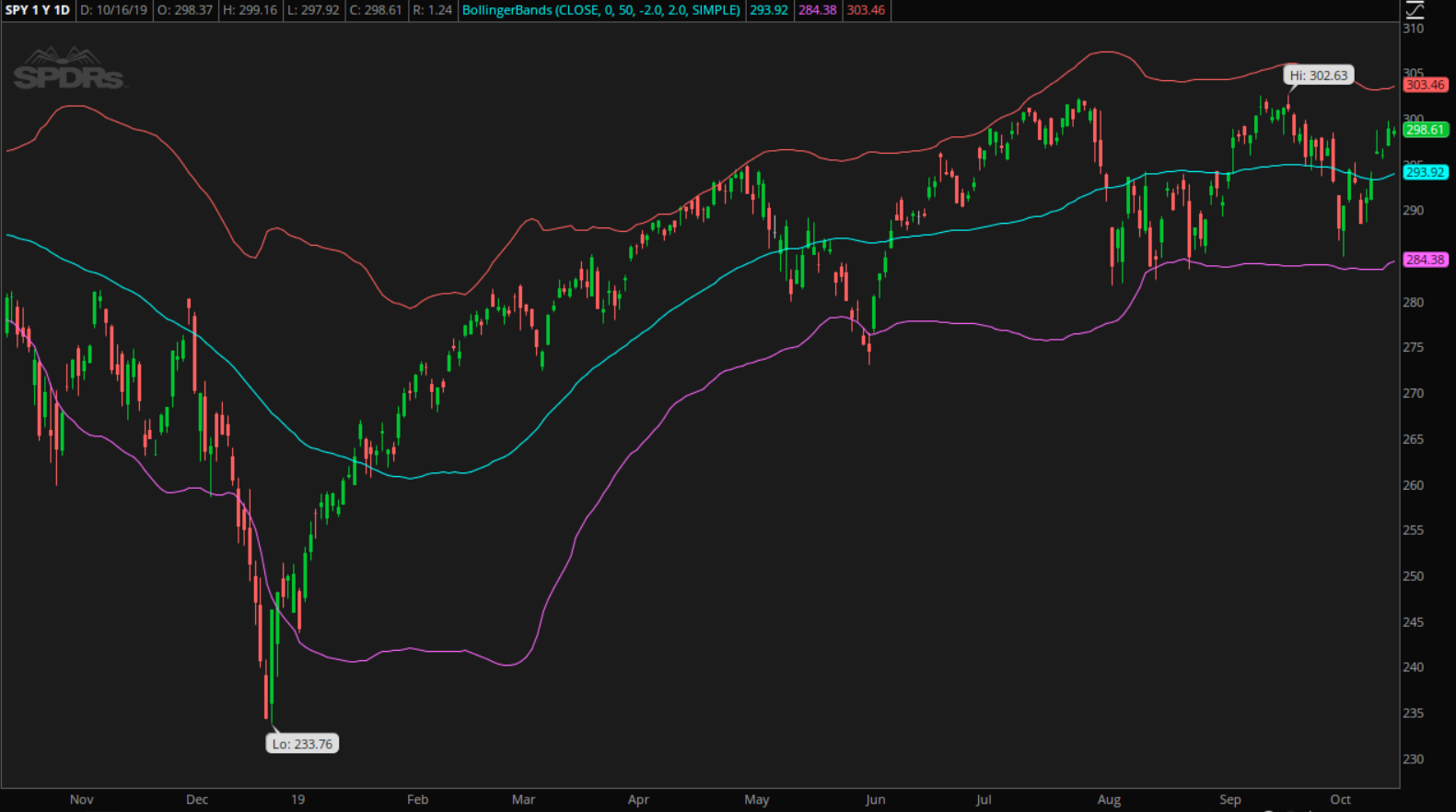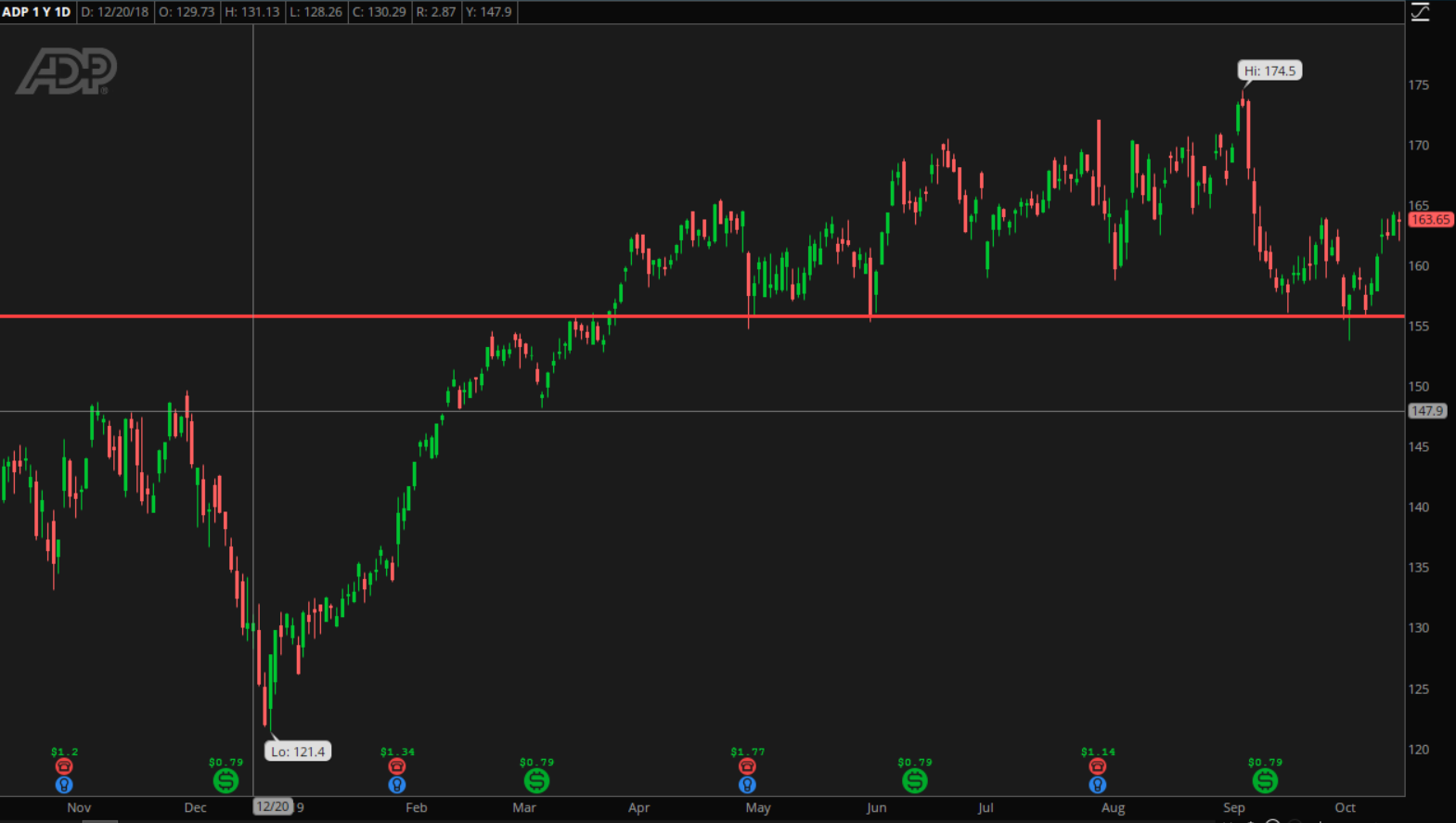What is Position Sizing?
Position sizing refers to the parameters that dictate how much capital you allocate to a given trade, and how that relates to the level of risk you take one each trade, and how those factors affect your total account size.
There are several factors that play into developing a position sizing methodology. The first is the size of your trading account. As your account size grows, you will generally risk a smaller percentage of your account on each trade.
Why Position Sizing Might Be The Key to Your Success
A 1991 Journal of Finance study by Brinson, Singer & Beebower came to a shocking conclusion about the importance of position sizing. The study is called Determinants of Portfolio Performance II: An Update and it found, among other things, that position sizing accounted for 91% of portfolio performance.
Here’s what study’s abstract had to say about the findings:
Data from 82 large pension plans indicate that asset allocation policy, however determined, is the overwhelmingly dominant contributor to total return. Active investment decisions by plan sponsors and managers did little on average to improve performance over the 10-year period December 1977 to December 1987.
In layman’s terms, the study found that the size of various positions within a portfolio, rather than choosing the right individual securities or timing the market, was by and far the most influential factor to a portfolio’s returns.
Of course, there is the caveat here that these are large pension funds deploying an asset allocation strategy. They’re all generally within the same assets, so there’s a lot of overlap between their portfolios, making the differences like their position sizing more pronounced. So, it’s unlikely that position sizing alone is responsible for 91% of a price-action trader’s returns, however the number is still probably quite high.
In both the investing and trading world, the overwhelming focus is on clever, active tactics performed by individuals. In the investing world, managers are credited for finding a security that is undervalued by the market, traders are credited for finding that golden setup. But, over a larger time-frame, the impacts of these individual decisions are reduced drastically.
As this study shows, more attention should be paid to position and risk management, with sound trading strategy acting as a filter for choosing trades to take.
Who refers to position sizing as the second most important trading skill to have, behind trading psychology. Tharp developed his own position sizing game which he plays with the attendees of his seminars.
In the game, he gives all the players the same trades to take, and in his words “we’ll probably have as many equities as there are attendees.” When he says equities,’ he is referring to equity curves, not different equity securities.
Determining Your Risk Per Trade
Depending on your trading goals, the method in which you determine how much to risk per trade may differ. Generally, though, there are two main methods:
Percentage of Portfolio
This is by far the most commonly recommended methodology and is used widely by fund managers and professional traders. On each trade, you risk a fixed percentage of your account. As a rule of thumb for individual traders, the larger your account is, the fewer percentage points you’ll risk per trade. One percent of a $25,000 account is just $250, while one percent of a $1,000,000 account is $10,000. Most individual traders don’t desire to risk that much on a given trade and typically will reduce their risk-per-trade as their account grows.
Fixed Dollar Amount
For various reasons, some traders ‘cap out’ their account size, and don’t desire to continue rising their position sizes as their account grows. One reason might be due to the stressful trading psychology at play when risking a large amount like $5,000 or $10,000 on each trade. Another might be that the trader’s strategy might not be scalable, like trading OTC stocks, for example. This position sizing methodology might also be applied by losing traders who have a regular paycheck and can keep adding to their account as their losses pile up.
These traders tend to implement a fixed dollar amount of risk per trade. Based on their goals, they’ve identified a dollar amount they’re comfortable with losing on a given trade.
The Importance of Stop Placement
Whether or not you actually place your stop orders, it’s a good idea to have a defined point of exit on each trade. This is so you can quantify the exact risk you’re taking on each trade, and reduce your fallibility to trading psychology (letting the trade go against you too long because you never had an exit strategy).
Once you have the amount your comfortable with risking on each trade, whether that’s a percentage of your portfolio’s equity or a fixed dollar amount, we combine that number with where we place our stop loss to determine our position size.
Determining Stop Placement
There are several ways to determine where to place your stop loss, and each method has it’s utility in individual situations.
Volatility-Based
A volatility-based stop loss is probably the most commonly used method by professional traders because it’s the most quantitative. It’s based on the idea that market movement is mostly noise; traders and investors on different time frames make trades to achieve different goals, in a small enough window, there is little discernable info for a discretionary trader.
To combat this noise, traders will place a stop loss based on a multiple of a market’s volatility. This way they know that if they get stopped out, they were likely wrong on price direction because the market moved against them more than it would on average, based on its level of volatility.
Most traders use the Average True Range indicator to quantify the volatility of a market. Let’s look at an example.
Below is a daily chart of Nvidia (NVDA). Let’s say that we want to get long on the recent breakout to new highs. Before we can enter the trade, we have to determine our exit point. The daily average true range is at $5.95, which means that Nvidia has an average daily range of $5.95.
Seeing as any price movement within that daily range can be construed as noise, we need to place a stop at multiples of the ATR. For years, the most common stop loss level was 2x the ATR, but traders say that in recent years the level of market noise has increased, necessitating larger stops. So in this example, we’ll use a stop of 2.5x the ATR, which is a $14.87 wide stop loss, putting our stop loss at $180.55.
Let’s assume we’re trading a $100,000 account and we want to risk 1% of our portfolio on each trade, this gives us a risk of $1,000 for the trade. To find out the number of shares to buy, we simply divide our total risk of $1,000, by our stop loss size of $14.87. This gets us 62 shares.
Standard Deviation-Based
This methodology is more popular among traders who ascribe to the auction market theory. These traders view market movement as being normally distributed, like on a bell curve.
To use a standard deviation-based stop loss, we need to have a reference point, like a moving average. Many indicators have been developed to assist with this, the most prevalent being Bollinger Bands, which plot a number of standard deviations around a moving average.
Here’s a chart of SPY with Bollinger Bands. I have it set to plot bands two standard deviations away from a 20-day simple moving average. Based on your trading philosophy, trend following or mean reversion (both have application), a stock touching it’s Bollinger Bands can mean that it’s overextended, or that it might be the sign of an impulse move that can begin a new trend.
Now let’s look at a longer-term trade example. Let’s assume you want to get long the SPY because you think, for reasons, that the bull market is going to continue. You see this being a multi-month long trade, so your lookback period should reflect that. Perhaps we’ll use the 50-day simple moving average as your reference point, with the bottom band (two standard deviations from the 50SMA) being your stop loss.
We can see that the bottom band is at $284.38, which will be our stop loss, $14.23 away from the current price which will be our long entry. Using the same risk parameters as the last example, we’ll be risking 1% of our $100,000 account, which is $1,000.
Again, we’ll simply divide $1,000 by $14.23, which comes to 70 shares.
Vital Market Levels
Some traders use levels like support, resistance, or indicator values to place their stops. These types of trades can sometimes offer asymmetric reward/risk profiles. In a scenario where you’re bullish on a stock that is very close to a vital support level, you can go long with a small amount of risk because you’re using the support level as your stop loss.
A potential challenge with this type of stop placement is market noise. Many of what traders think are support or resistance levels are simply levels where the market happened to trade at multiple times. An actual support or resistance level is a point at which the supply and demand balance is disrupted and the market moves away from the levels. It’s easier said than done though, it can be difficult to discriminate between what might be a ‘random’ support level and a true level of support where there is outsized demand.
The idea is the same, use the level to place your stop, then use the stop to determine your position size based on your risk parameters.
Here’s an example in ADP’s stock. There seems to be a level of support around $150.75, marked by the red line on the chart.
If we use the support level of $155.75 as our stop loss and enter at the current price of $163.65, we get a $7.90 wide stop loss. Using the same risk parameters as earlier, risking 1% of our $100,000 account, leaves us with $1,000 of risk on this trade. Dividing our risk of $1,000 by our stop loss width of $7.90 brings us to 126 shares.
Percentage Loss in Stock
This method is mostly used by longer-term swing traders. It’s simple, if the stock drops X% below our entry price, we sell. It sounds inferior to the above methods that employ either price action analysis or some quantitative reading of market volatility, but the method has been used successfully by some of the best-known stock traders.
William O’Neil used the percentage loss method in his CANSLIM methodology to great success, as did his equally successful prodigy, David Ryan.
Final Thoughts
Position sizing isn’t that fun to talk about. It’s rare that two traders will go out for drinks and have a long conversation about position sizing and risk management. And this is precisely why so many traders fail, because they only spend time on the fun parts of trading like price action analysis and creating stock scans.






